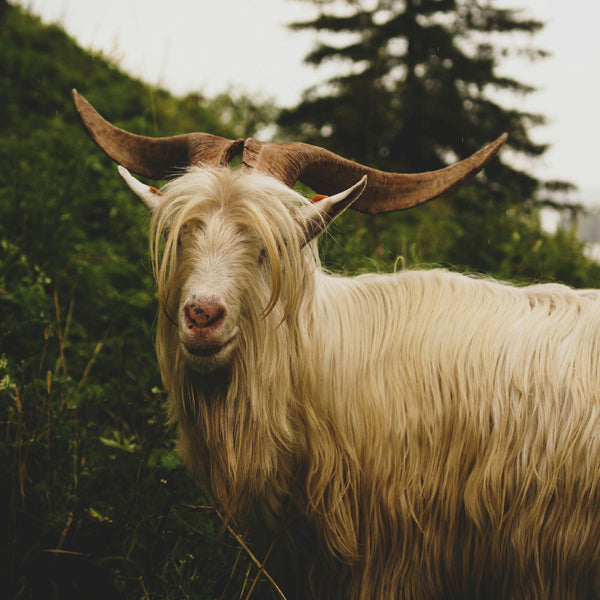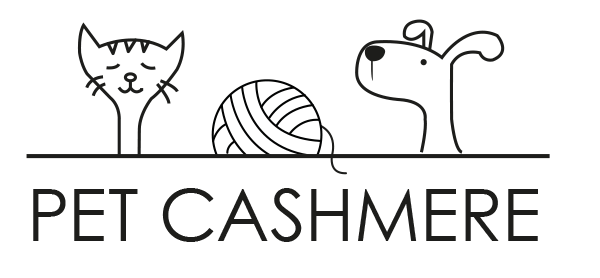The pure natural fibre cashmere is obtained from the fine and soft undercoat of the cashmere goat (carpa hircus). This cashmere goat species comes in the natural shades of white, grey, brown or black. The yarns from these colour combinations are usually less dyed and often appear even more refined and natural to the touch. Cashmere goats belong to the domestic goat family in their homeland. Cashmere wool has been processed by hand into high-quality textiles since around 1000 BC. The highest quality cashmere comes from outer Mongolia. Special climatic conditions, such as temperatures as low as -40 degrees and barren mountain steppes, allow the valuable undercoat of the cashmere goat to grow. Only the very fine and soft undercoat is used to make the best cashmere. It is one of the finest wools, as it is spun very finely and has very high heat retention properties with a low dead weight and high air entrapment. This is why pure, fine cashmere is also one of the most expensive natural fibres. The price of cashmere wool is based on the quality of the fibre. The finer, thinner and longer the fibre, the higher the quality and the higher the price. You should always remember that cashmere fibres are obtained by combing out the goat's fur in spring. This is where the finest and thinnest cashmere fibres are obtained after the cold winter months. The comparison between cashmere and sheep's wool is very interesting and illustrative. With cashmere wool, the annual yield of 3-4 cashmere goats is needed to produce one jumper, whereas one shearing of a sheep produces 3-4 jumpers. This also explains the high pricing of high-quality cashmere textiles. The purer the production, the higher the quality and nobler the products made from cashmere. It is worth paying attention to the purity, extraction and production and recognising and appreciating the value of a high-quality cashmere item.

